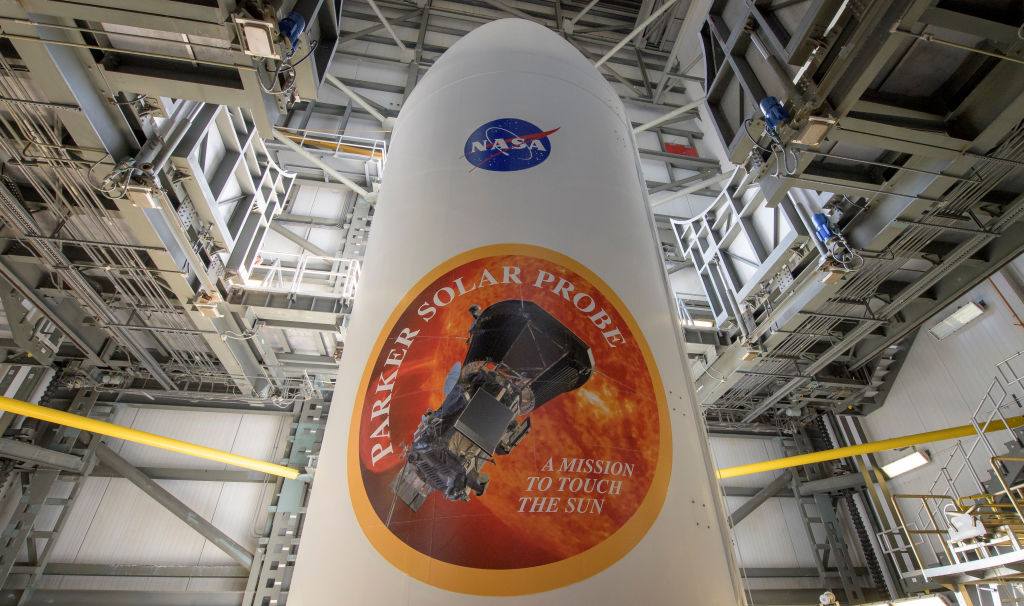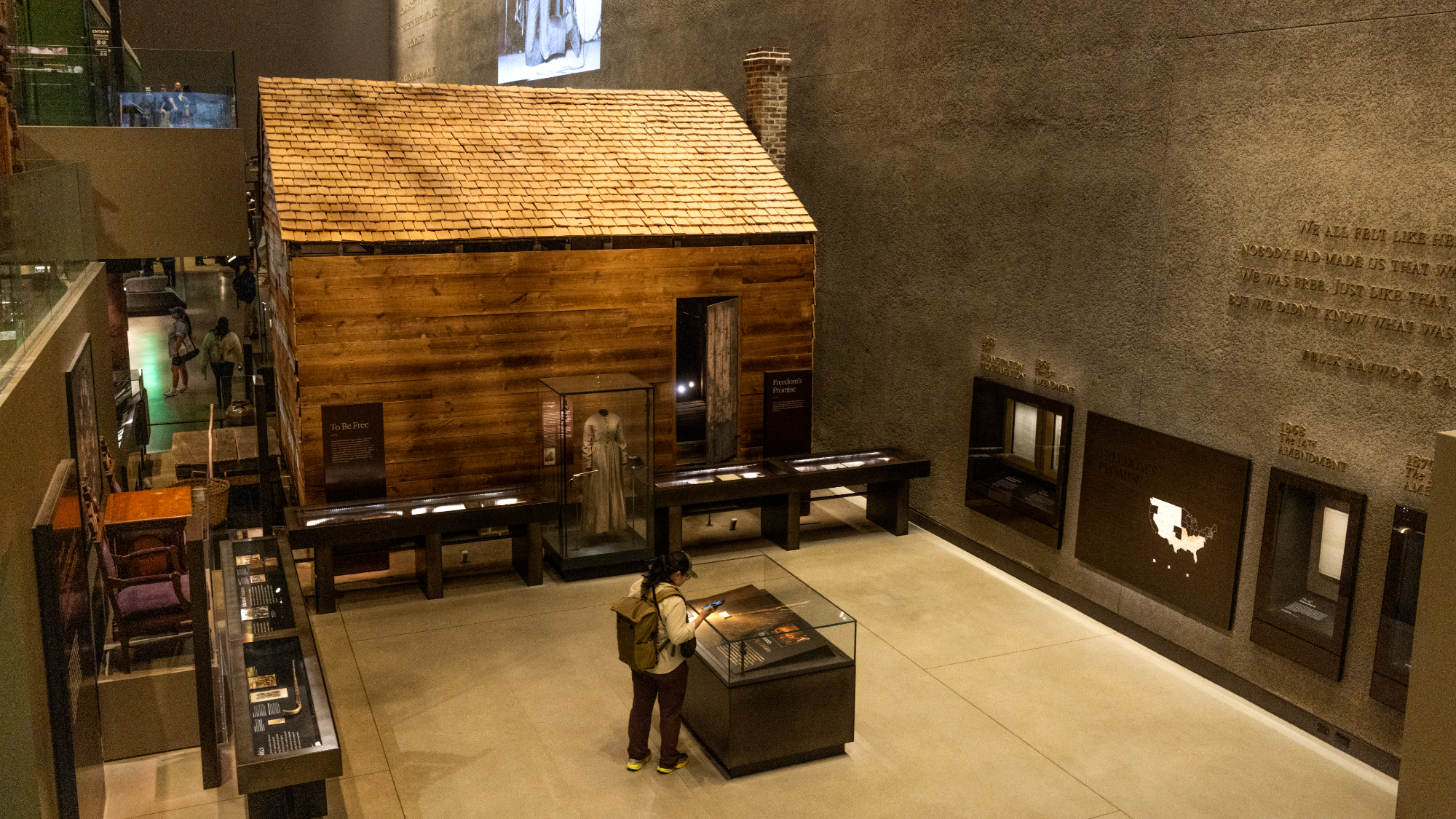NASA's mission to 'touch the sun' starts tomorrow

Saturday marks the day we finally send a spacecraft to the sun.
The Parker Solar Probe, named for the scientist who first theorized about the existence of solar winds, is expected to get as close as we've ever been to our local star. The goal is to collect data and images on the sun's atmosphere, called the "corona," Engadget reports.
Though the mission has affectionately been dubbed as one to "touch the sun," the probe won't quite go that far, Fox News explained. In reality, it will aim to eventually reach about 3.8 million miles away, well within the sun's atmosphere. While we don't have technology that would survive the sun's surface heat of 2 to 3 million degrees Fahrenheit, the Parker probe has heat shields that will protect it from the temperatures it will face, about 2,500 degrees Fahrenheit. (Icarus, take note.)
The Week
Escape your echo chamber. Get the facts behind the news, plus analysis from multiple perspectives.

Sign up for The Week's Free Newsletters
From our morning news briefing to a weekly Good News Newsletter, get the best of The Week delivered directly to your inbox.
From our morning news briefing to a weekly Good News Newsletter, get the best of The Week delivered directly to your inbox.
NASA will use the data collected by the Parker probe in order to better prepare us for solar winds, which present problems for satellites and even our power grids here on Earth, Engadget explained. But these findings are going to take a long time — first, the Parker probe will have to orbit around the sun, getting closer and closer, for as many as seven years. By that time, it will be traveling at around 430,000 miles per hour, making it the fastest human-made object ever.
The Parker Solar Probe is expected to launch early Saturday morning from Cape Canaveral, Florida. The launch window opens at 3:33 a.m. ET. You can watch it live on NASA TV, or read more about this historic launch at Engadget.
A free daily email with the biggest news stories of the day – and the best features from TheWeek.com
Shivani is the editorial assistant at TheWeek.com and has previously written for StreetEasy and Mic.com. A graduate of the physics and journalism departments at NYU, Shivani currently lives in Brooklyn and spends free time cooking, watching TV, and taking too many selfies.
-
 Son arrested over killing of Rob and Michele Reiner
Son arrested over killing of Rob and Michele ReinerSpeed Read Nick, the 32-year-old son of Hollywood director Rob Reiner, has been booked for the murder of his parents
-
 Rob Reiner, wife dead in ‘apparent homicide’
Rob Reiner, wife dead in ‘apparent homicide’speed read The Reiners, found in their Los Angeles home, ‘had injuries consistent with being stabbed’
-
 Hungary’s Krasznahorkai wins Nobel for literature
Hungary’s Krasznahorkai wins Nobel for literatureSpeed Read László Krasznahorkai is the author of acclaimed novels like ‘The Melancholy of Resistance’ and ‘Satantango’
-
 Primatologist Jane Goodall dies at 91
Primatologist Jane Goodall dies at 91Speed Read She rose to fame following her groundbreaking field research with chimpanzees
-
 Florida erases rainbow crosswalk at Pulse nightclub
Florida erases rainbow crosswalk at Pulse nightclubSpeed Read The colorful crosswalk was outside the former LGBTQ nightclub where 49 people were killed in a 2016 shooting
-
 Trump says Smithsonian too focused on slavery's ills
Trump says Smithsonian too focused on slavery's illsSpeed Read The president would prefer the museum to highlight 'success,' 'brightness' and 'the future'
-
 Trump to host Kennedy Honors for Kiss, Stallone
Trump to host Kennedy Honors for Kiss, StalloneSpeed Read Actor Sylvester Stallone and the glam-rock band Kiss were among those named as this year's inductees
-
 White House seeks to bend Smithsonian to Trump's view
White House seeks to bend Smithsonian to Trump's viewSpeed Read The Smithsonian Institution's 21 museums are under review to ensure their content aligns with the president's interpretation of American history

